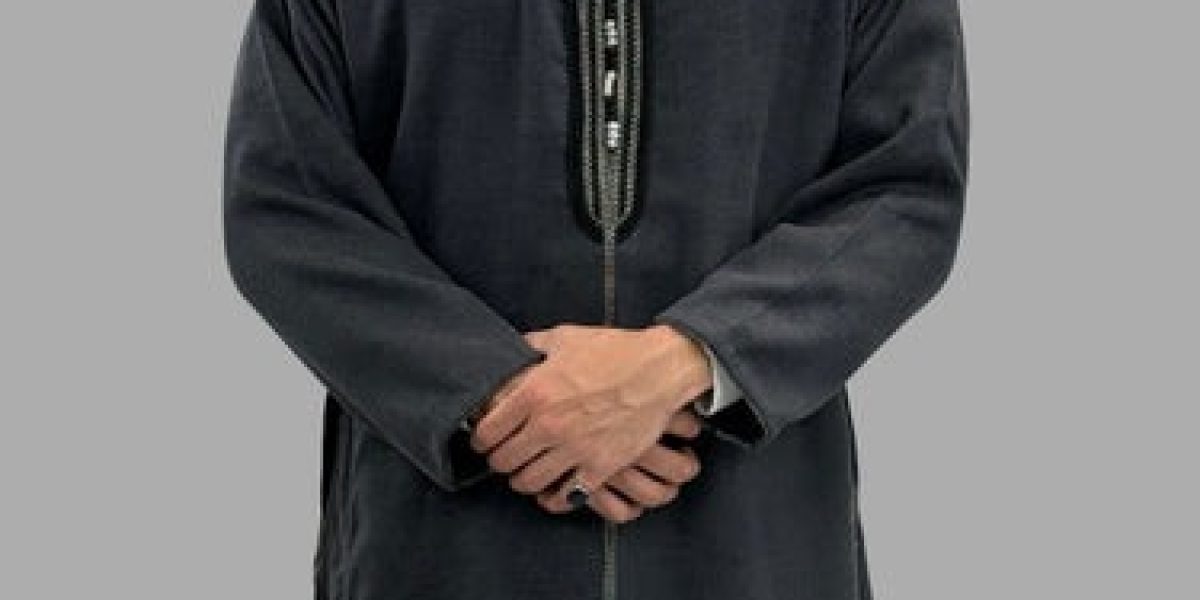The deshdasha, also known as dishdasha, thobe, or kandura, is more than just a garment — it is a powerful symbol of tradition, identity, and elegance in Middle Eastern culture. Worn by men across the Arabian Peninsula and surrounding regions, this flowing robe reflects both modesty and heritage while adapting to the contemporary world. Let’s explore what makes the deshdasha so unique and enduring in style.
What is a Deshdasha?
The deshdasha is a long, ankle-length robe traditionally worn by men in countries like Saudi Arabia, Kuwait, the United Arab Emirates, Oman, and Qatar. Usually made from cotton, linen, or wool (depending on the climate and season), it is designed to be loose and breathable, offering comfort in hot desert climates.
It is typically white, especially in the Gulf states, but also comes in darker shades like black, navy, or beige — particularly during the winter months. While it may look simple on the surface, the deshdasha is often tailored with precision and care, featuring fine stitching, subtle embroidery, and sometimes even designer branding.
Regional Variations of the Deshdasha
Though the basic concept of the deshdasha remains the same across borders, the style varies subtly by country:
Kuwaiti Deshdasha
The Kuwaiti version is known for its structured collar and slightly fitted design. It is often worn with a ghutra (white headscarf) or shemagh (red and white patterned scarf) and secured with an agal (black rope band).
Emirati Kandura
The UAE’s version, known as kandura, is collarless and distinguished by a long tassel called a tarboosh or farakha. This tassel may be perfumed with traditional scents like oud.
Omani Dishdasha
The Omani dishdasha includes a small, hanging tassel called a furakha that is usually richly embroidered and also scented. Omanis pair their deshdasha with an intricately embroidered cap known as the kumma or a traditional turban.
Saudi Thobe
In Saudi Arabia, the thobe is often well-tailored with cuffs and buttoned collars. Men frequently wear it with a bisht (a ceremonial cloak) during formal occasions.
Cultural Significance of the Deshdasha
The deshdasha is more than just clothing—it reflects values such as modesty, equality, and cultural pride. It is worn in both everyday settings and formal occasions such as weddings, religious festivals, and diplomatic meetings.
In many Gulf countries, wearing a deshdasha is a way of honoring cultural roots while also adhering to Islamic principles of modesty. Despite its traditional nature, the deshdasha has seamlessly adapted to modern fashion trends. Today, many men commission bespoke deshdashas with high-end fabrics, contemporary cuts, or personal embroidery.
Modern Fashion and the Deshdasha
In recent years, the deshdasha has entered the realm of luxury fashion. Designers and tailors now offer:
-
Slim-fit designs for a more modern silhouette
-
Customized fabrics including silk blends and wrinkle-free materials
-
Innovative color palettes like pastels, earthy tones, and even patterned fabrics for special occasions
Influencers and public figures in the Arab world are helping popularize these modern takes, while still respecting traditional values. Brands like Kanz, Darzi, and Yalooma are known for producing high-quality deshdashas that blend old-world charm with modern flair.
How to Wear and Style the Deshdasha
Styling the deshdasha is all about the accessories. Common pairings include:
-
Headwear: Ghutra, shemagh, agal, or turban depending on regional customs
-
Footwear: Leather sandals or formal slippers (called na’al)
-
Outerwear: A bisht cloak for formal or ceremonial use
-
Fragrance: Traditional Arabian scents like oud, amber, and musk often add a personal touch to the ensemble
Some men also carry prayer beads (misbahah) or wear traditional silver rings, enhancing the spiritual and cultural essence of their attire.
Conclusion: A Garment That Transcends Time
The deshdasha stands as a powerful emblem of heritage, identity, and timeless style. From the deserts of Arabia to modern cities, it continues to evolve without losing its deep cultural significance. Whether worn in daily life or during grand celebrations, the deshdasha remains a proud statement of tradition, offering both comfort and elegance in a rapidly changing world.
As fashion becomes more global, the deshdasha reminds us of the beauty found in cultural authenticity and the art of preserving identity through clothing. Visit the official website of al-haqthobes.com












